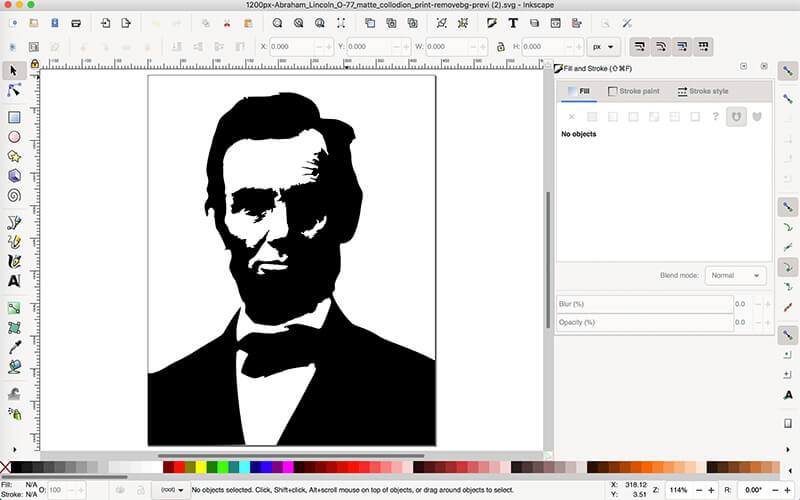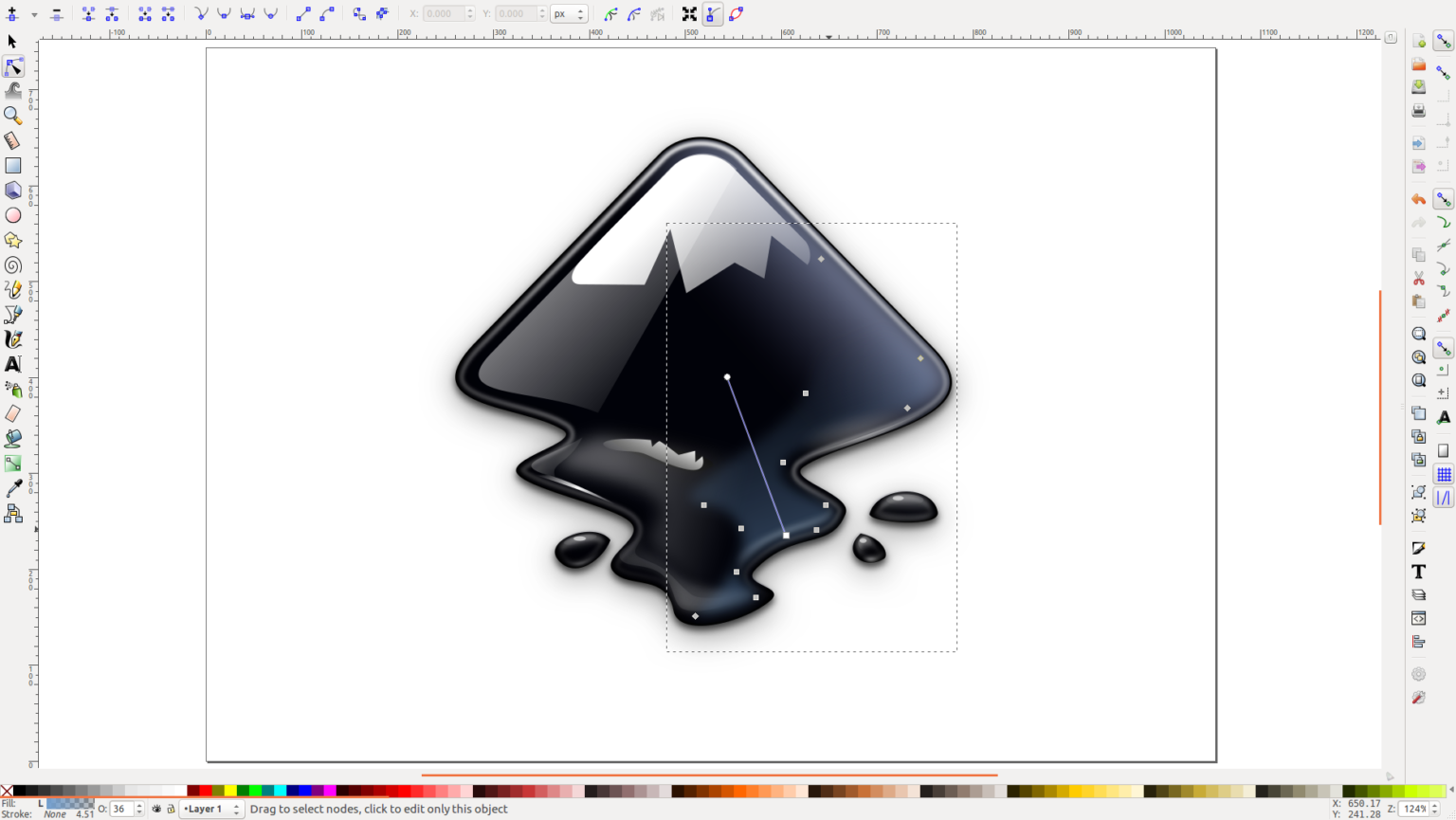
L'utilisation de cette extension de fait par l'option d'enregistrement : menu Fichier > Enregistrer sous. Il est possible de créer ses propres extension, notamment avec Python et ImageMagic.Įxemple de génération PDF et quadricouleur CMJNĮxporter en PDF et quadricouleur CMJN ( CMYK) :
3 Exemple de génération PDF et quadricouleur CMJN. The author’s stated this is not a bug but many tools depend on SVGO in the front-end tooling workspace which has the side-effect of license violations by default and users may not know. SVGO treats this metadata as “editor data” and cannot be separated: you either get all of the editor’s extra data it appends to make editing in the future better or you get a large file. Unless there’s a separate build step to extract this information it will be lost and a violation. In the case of someone embedding the license information from an editor like Inkscape already have all of this information in a reasonable manner that won’t be a violation. You may do so in any reasonable manner, but not in any way that suggests the licensor endorses you or your use. One example could beĪttribution - You must give appropriate credit, provide a link to the license, and indicate if changes were made. I would recommend against SVGO as it will strip out license information by default from your SVGs which could be illegal if using SVGO blindly (say deep in the dependency chain like creat-react-app). For newbies I would more recommend to use scour or svgcleaner, since they are imho less buggy. I’m not saying svgo is worse than scour or svgcleaner, I’m just saying there exist three opimizers, which each one having their own advangages. Recommending without mentioning scour is absurd, since scour is a build-in-function, just save it as “Optimized SVG (*.svg)”, no need for installing anything additionally. 
Svgcleaner is much faster (whith the same cleaning ratio) als svgo, see Scour and svgcleaner can be used to repair damaged (or wrong rendered) SVGs in which svgo imho can’t (few exceptions). Please read it has usefull information of different optimization tools (instead of one using in several implementations).

Svgo is reported in as not developed any more, which is confimed by the developer: svgo is imho the bugiest one (at least for wikimedia-files) of those three optimizers.

All three are not (actively) developed/bugfixed any more see References in. There are three (not one) common command-line-tools: scour, svgcleaner and svgo.







 0 kommentar(er)
0 kommentar(er)
